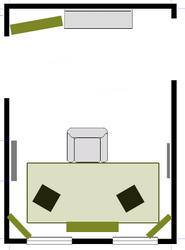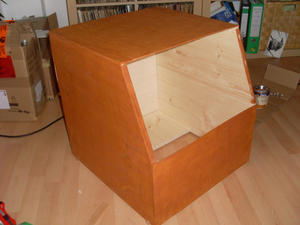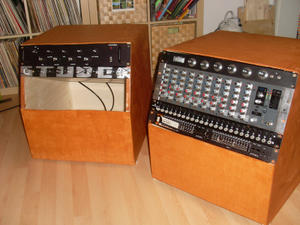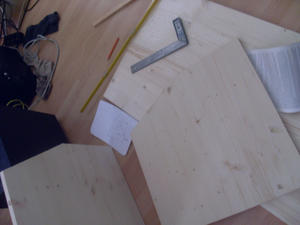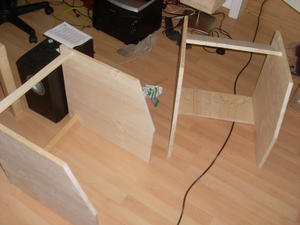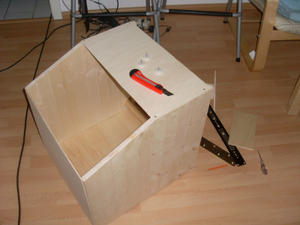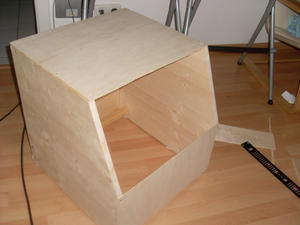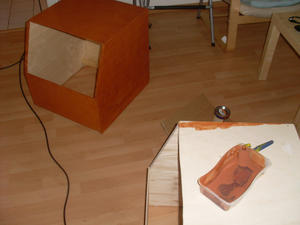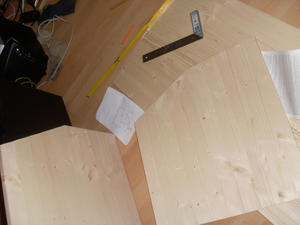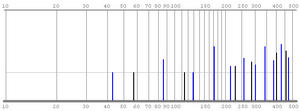Hello,
I´m going to set up my flat the next time and therefore I like to redisgn my small Bedroom Studio. Its a pretty basic Homerecording Setup for mixing tracks and recording some instruments (Bass Guitar, small Percussion) but mainly for mixing. I know, I cant spend much money on soundproofing elements, but I can DIY some absorbers or putting mattresses on to the walls, yes the poor student version
I think the two rooms I have to choose from are not perfect, but I like to take less bad for my purposes.
I have read and still absorbing articles about soundproofing, but maybe you can give me some hints to make a nice and small Bedroom Studio.
As already mentioned I can choose one of two rooms. The livingroom, a little larger, where I make music at the moment or the bedroom, which is smaller and has some short reflections,
when I clap my hands.
I dont know, which one is easier to handle with, so my first Question is, which room to decide on?
Another aspect to consider is, that I like rather a setup like this one, than a table with devices on:
A nice and old armchair, smaller Racks and Mixing desk in front...
http://www.realtraps.com/cust_katz.jpg
This is the floor plan of my flat:
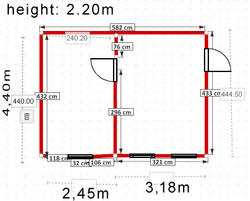
Any advice or experiences are very appreciated.
Thanks!
I´m going to set up my flat the next time and therefore I like to redisgn my small Bedroom Studio. Its a pretty basic Homerecording Setup for mixing tracks and recording some instruments (Bass Guitar, small Percussion) but mainly for mixing. I know, I cant spend much money on soundproofing elements, but I can DIY some absorbers or putting mattresses on to the walls, yes the poor student version
I think the two rooms I have to choose from are not perfect, but I like to take less bad for my purposes.
I have read and still absorbing articles about soundproofing, but maybe you can give me some hints to make a nice and small Bedroom Studio.
As already mentioned I can choose one of two rooms. The livingroom, a little larger, where I make music at the moment or the bedroom, which is smaller and has some short reflections,
when I clap my hands.
I dont know, which one is easier to handle with, so my first Question is, which room to decide on?
Another aspect to consider is, that I like rather a setup like this one, than a table with devices on:
A nice and old armchair, smaller Racks and Mixing desk in front...
http://www.realtraps.com/cust_katz.jpg
This is the floor plan of my flat:

Any advice or experiences are very appreciated.
Thanks!



